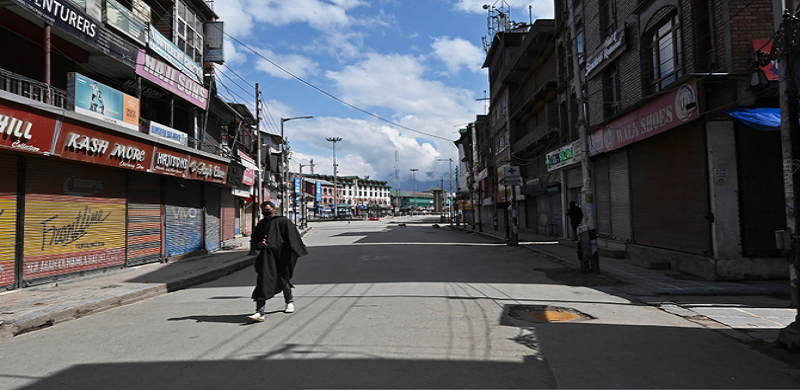
The healthcare sector in Azad Kashmir paints a bleak picture after decades of criminal neglect. The successive government in Kashmir never made any attempt to improve the situation and deliver affordable and quality health care to the general public. As a result, the healthcare system is in utter shambles with a non-existent delivery system.
As the coronavirus is spreading its tentacles in AJK, the shoddy infrastructure of existing hospitals is entirely incapable of handling the situation and is almost near exhaustion.
I don’t know where to start as there are so many faultlines in the healthcare system. At the primary health care level, there are some BHUs [Basic Health Units] and RHCs [Regional Health Centre] at the union council level, but they are almost non-functional because of lack of funding.
There are hospitals at tehsil and district level in addition to two Combined Military Hospitals, all of them, however, can be transcribed at secondary healthcare centres.
There is not a single tertiary care hospital in the entire state that has a population of 4.4 million.
The existing hospitals do not have enough ICU and there are only six ventilators. They lack facilities to conduct MRI, even the very basic tests which are called baselines in the medical lexicon are unavailable in public sector hospitals.
Because of the poor conditions, at least 70 per cent of medical emergencies are referred to the hospitals of Khyber Pakhtunkhwa or Punjab, which led to a high mortality rate. All of this takes a financial toll on the poverty-stricken population because most belong to low-income groups.
The number of healthcare workers in the province is also low, as there are only 900 doctors in the state: one doctor for 5,000 people. And the number of dentists is even lower, as there are only 7,500 dentists operating in the state.
The doctors also face issues that include subpar pay and service structure as compared to other parts of Pakistan. They work extensive working hours. Also, there are slots for graduate trainees and consultants.
To protest these demands, the doctors have been protesting for the past two months. Their demands include the establishment of tertiary care hospitals in every division of the state, one neurology and cardiology centre, an increase in the number of BHUs and RHCs, increase in medical officers and post-graduate posts, free-of-cost tests at hospitals, better service structure at part with rest of the country among other things.
However, their protests have met with highhandedness by the government. The government has used violence against doctors who demand nothing but better job conditions — a constitutional right.
The pandemic is a good opportunity for the government to funnel money into the health sector as the Covid-19 crisis has laid bare the faultline in the healthcare sector. It’s time to invest in the sector to provide better facilities to people.
And for that, sweeping reforms are required. And the government should take the Young Doctors Association (YDA) onboard instead of resorting to violent means to crush these protests. If not, the time isn’t far when the healthcare system of Azad Kashmir will crash due to excessive load.
